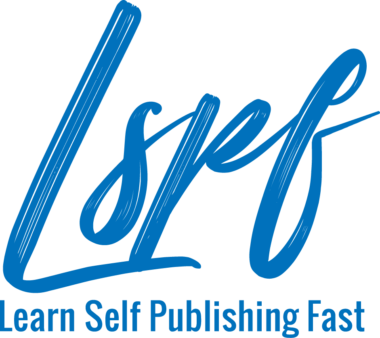Email newsletters have been around for a while. I think we’ve all heard that we should have one. It’s a great way to stay in touch with our readers and having a big list can be a great boost for bumping new releases in their first few days and generally it’s an effective component of an author’s marketing platform.

In self-publishing, we collectively rejected the gatekeepers of agents and publishing houses. We decided that we would write what we want, without shopping for an agent. Unfortunately, gatekeepers are still a thing in our rebellious self-publishing world. As we have seen online retailers like Amazon make changes in their algorithms that limits/determines what potential readers see, we start thinking about workarounds. If readers won’t organically see our work on Amazon (as easily as before), what can we do? Lots of us turned to social media, figuring out tips like creating author groups so members would see every post. Alas, though, that wasn’t an ideal solution. Now it’s nearly impossible to get organic visibility on Facebook. Paid advertising has taken platforms like Facebook and Twitter and changed the way these mediums function for us.
That brings us back around to the good old reliable (mostly) method of email. Once you’ve got a reader on your list, you get to set the tone. You control your branding, your style, your frequency. You don’t have to fight through a new group of gatekeepers just to make an announcement about a new release. But many authors don’t know where to begin when it comes to creating a newsletter. I’ve got some tips that should work for you regardless of your level of tech skill.
- Find a free newsletter service like Mailchimp or MailerLite. There are others. Do some research, but when you are just starting out a free option is great place to start for learning the ropes.
- Create a subscription form (where potential readers will sign up) that you can embed on your website or share on social media and put in the back (or front) of your books. If you have a creative streak in you, strive to deliver your branding here in this form. If you have colors that you use on your website, use those same colors here. Same goes for images. You are going to share this everywhere, so spend some time and make it look nice. Most of these providers have pretty simple point and click features to set this up. Bonus tip: If you write in several genres, you can create a checklist on your signup form (see example above) so they can choose which genres they want to hear about. One list, segmented into sections, can be very effective. If you don’t know how to do this, check with the customer support on your provider’s site or consider hiring a virtual assistant that can do it for you.
- Create a welcome email. This is an email that will go out automatically (after you set it up) every time someone new subscribes to your list. This is a great place to deliver branding that is unique to you by using language, colors, and pictures that offer insight into your brand. Thank the readers for joining and consider offering them something free like a first in series book or exclusive info about your book available nowhere else. Don’t ask them for anything! Let them enjoy your content. They are here for entertainment, not a sales pitch every five seconds. Remember they are getting that everywhere they look these days. You are building a relationship by letting them know who you are. Be sure you don’t set the tone that you are a “buy my book” every five seconds kind of author. You won’t keep many people on your list that way.
- Offer consistent, fun, free content to your readers. Early access to a story you are working on, cover reveals, backstory for an upcoming book. Keep it interesting. Think about what YOU would like to see in an email from a favorite author, then do that.
- Give more than you ask for. Remember, you need them more than they need you. Offer tons of quality free content and then only occasional announcements about your book sales and new releases.
- When you ask readers to buy your book, don’t play games. There’s a lot of information about marketing on the web these days. Some of it encourages marketers to prey on people’s emotions or to manipulate them into buying your product (book). Be straight up. Communicate the facts to your reader. Tell them the name of the book, include a cover and a description, let them know if they are getting access to an introductory price as a perk of being on your list. Give them the price and the buy link. If they are interested in your book, they’ll buy it. You don’t need to trick them. So make a good cover, an amazing book description and let the book sell itself.
Remember that Learn Self-Publishing Fast offers tons of courses and webinars with tips and updates for the self-published author. Check out what’s available and keep learning!


Comments